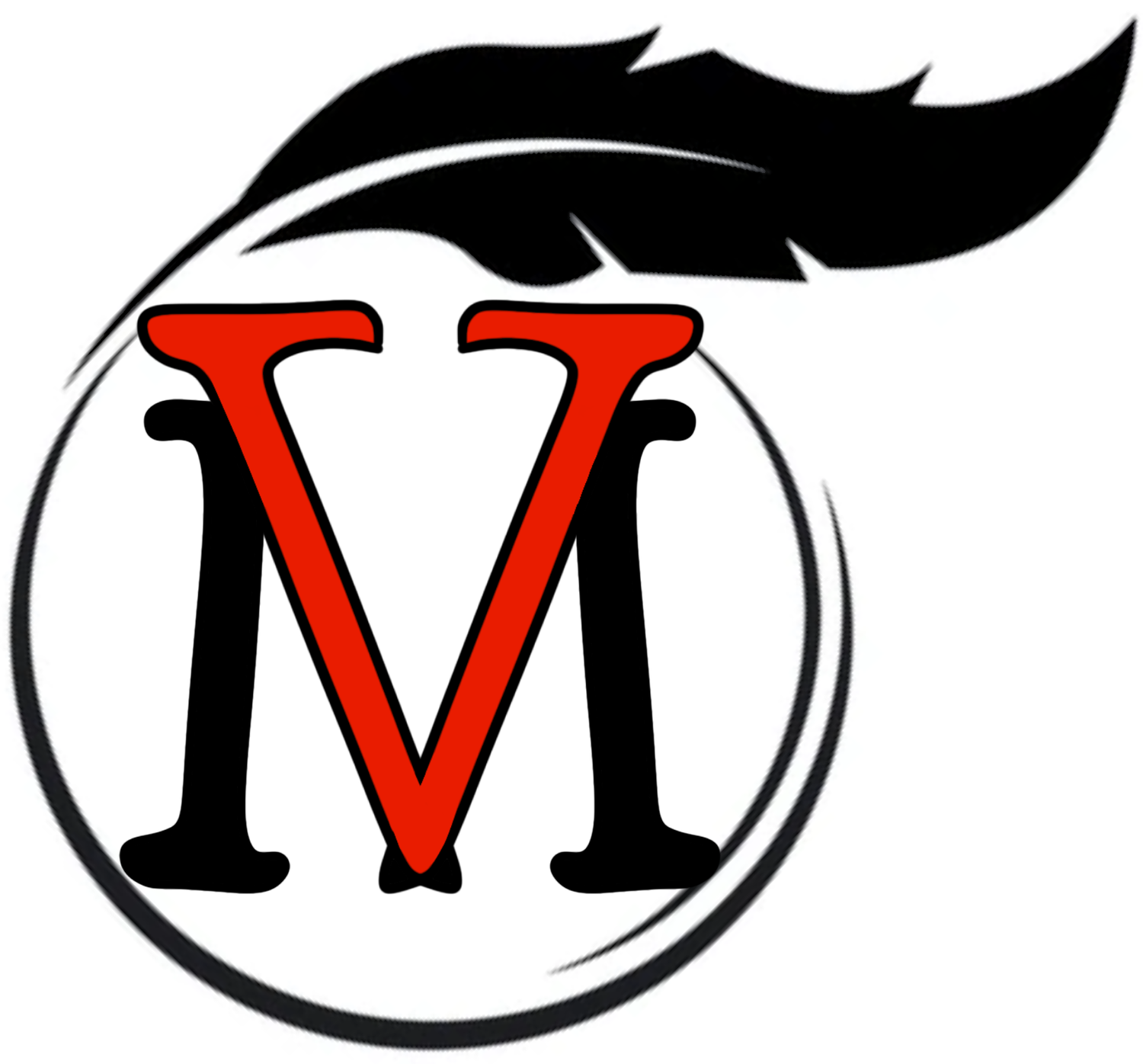Worcester Art Museum Accessibility App
Empowering visually impaired guests to experience art through inclusive design
As an undergraduate student at Worcester Polytechnic Institute (WPI), I was part of a team that helped to design an accessibility-focused mobile app for the Worcester Art Museum. This app was aimed at transforming the way blind and visually impaired visitors interact with exhibits. The project was inspired by a 2022 tactile sculpture exhibition and a broader initiative to make the museum’s permanent collections more inclusive to all visitors.
This app serves as a supplemental guide, offering rich auditory and visual customization tools to help visitors engage with artworks independently—beyond the limitations of traditional exhibitions.
My Role
UX Designer + Developer
Our team of 5 developers worked with museum staff and our professors to deliver our final product. I led the user experience strategy and interface design, and was responsible for:
Conducting research into accessibility practices for VIPs (Visually Impaired Persons)
Designing intuitive UI components optimized for screen readers and alternative navigation methods
Implementing features using React Native to support cross-platform deployment
Prototyping voice and gesture-based interaction models
Advising on future physical integrations such as NFC tags and QR codes
Moderating interviews and conducting usability studies with VIPs
Problem
The majority of the museum’s collection had been difficult to engage with for blind or low-vision guests. The museum wanted a scalable solution that would:
Support independent exploration of the full museum
Leverage technology already available to most users (smartphones)
Work in well with their existing physical exhibits and ones they would add in the future
Approach
We approached our app design with an accessibility-first mindset. Our team prioritized VIP usability from the start, while keeping our app usable for non- VIPs. For our app, we:
Researched standards from WCAG 2.1
Revisited research done by a previous team that focused on visually impaired mobile apps
Studied the accessibility tools built into smartphones that are commonly used by blind/low-vision individuals
Conducted interviews with museum staff and our advisors
Designed and built a flexible design system in React Native that scaled across platforms
Key Features
Through our design and development process, we designed the app with the following:
Customizable UI: Users can adjust color palettes to assist their viewing experience
Voice Navigation: Allows users to navigate to exhibits using their voice
Audio Descriptions: Each exhibit entry had an audio file to describe and explain its contents
NFC Compatibility:Added support for NFC tags that were placed at each exhibit to quickly pull up the exhibit on the app
Screen Reader/ Gesture Controls Support: All interface elements were designed to be large and simple so that smartphone built in accessibility features could be used to easily navigate
Deliverable
The delivered app provided an inclusive and accessible experience that was tailored to the needs of visually impaired museum guests. By layering digital enhancements over physical space, the app bridges the accessibility gap and brings WAM’s collections to life for a wider audience.
Our work laid the foundation for future teams from Worcester Polytechnic Institute to continue building, and improving the Worcester Art Museums mobile experience.
Our full research paper can be found here with more details on our development and research process: Worcester Art Museum Accessibility App






